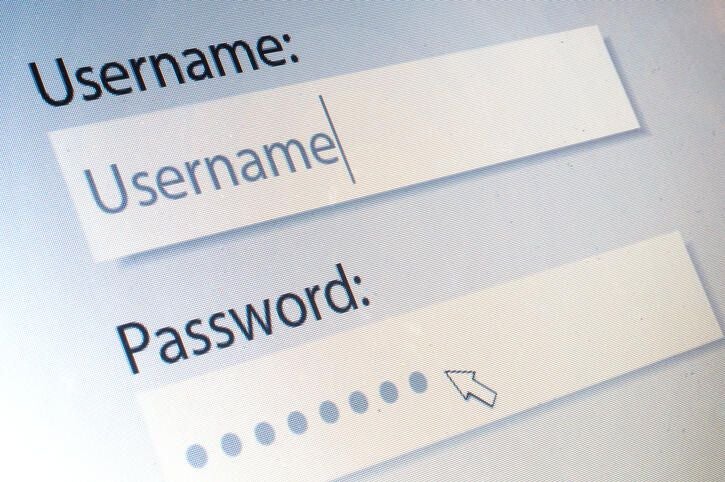Article by Cohesity channel and distribution manager for A/NZ Kathryn Ramanathan.
Ask a group of IT managers to nominate their most frustrating source of operational costs, and they’ll likely point to their legacy systems.
Sitting within most IT infrastructures, legacy hardware and software can be challenging to manage and expensive to maintain. Annoyingly, the associated costs can consume a significant proportion of overall budgets and result in other projects needing to be put on hold.
So, given the restrictions caused by legacy IT infrastructure, why are more organisations not pushing ahead with plans to rid themselves of the burden?
Tinkering and tweaking
Despite being held back by their legacy IT, in practice, most businesses are overly cautious and tend to tinker and tweak rather than take decisive action.
While happy to host new developments in the cloud, for example, most prefer to find ways of extending the life of their legacy applications rather than starting again from scratch. This is partly because of the cost and complexity of the task, but equally for fear of the disruption that wholesale migration to something better might cause.
Unfortunately, it doesn’t take much to expose the flaws in this softly-softly approach. An approach that, despite all the patching and tweaking, leaves companies reliant on ageing IT still totally unsuited to meeting the demands of the modern digital business or the myriad emerging threats and regulations that go with it.
Review the situation
Perhaps you don’t think it applies to your business. I would suggest you take this quick test:
Q1. Is your data shared across applications, or does each app have its own dedicated resources? If it’s the latter, you’ve got silos and real problems are likely to get worse by pushing new apps into the cloud.
Q2. How many copies of your data are there? Do you know where copies are kept, who owns and manages them, who has access and what they cost to maintain? IDC research has previously estimated that up to 60% of average storage budgets are spent on copy management alone.
Q3. Are you confident of being able to meet compliance requirements? Who’s responsible for your data or how it’s used?
Q4. Do you use multiple products to handle backup, archiving and disaster recovery? Answer yes and chances are you have yet more silos and a fragmented data protection strategy that’s costly, complex and prone to failure.
Q5. Are you prepared for a ransomware attack? You may not know where your data is, but criminals have ways of not only finding it but making it unusable. Backups are the last line of defence — but of little value if unverified for quality, incomplete or compromised as part of an attack.
Taking the right approach
So what’s the answer? As usual, there is no one-size-fits-all solution. Throwing everything out and starting again would be the gold standard, but few companies have the nerve, budget or human resources to take that leap. Some will aim for it, and possibly achieve the same results in carefully managed stages, but for the majority, a less brutal solution is required.
A solution that concentrates on delivering modern data management, giving priority to bringing legacy data, and how it’s allocated, used and managed, into the modern digital world.
We’re not talking about tinkering or trying to paper over the legacy cracks, but taking fundamental action to address data management issues. It starts with understanding the scope of the problem — identifying why, where and how data is stored and looking for ways to consolidate, integrate and share those stores to eliminate silos. You also need to bring dark data into the light and tackle, at source, issues around copy management.
It also involves taking a long hard look at backup, archiving and disaster recovery and discarding legacy solutions in favour of technologies better able to meet the performance, availability, security and compliance needs of always-on modern IT.
It won’t be easy, but implementing a modern data management strategy isn’t as complicated as might be imagined. A lot of it is common sense, and there are plenty of tools to be had, which will make the process a lot easier to complete.
This approach also has the advantage of being significantly less disruptive compared with wholesale migration from legacy to modern technologies. This, in turn, will make it more likely for a project to be approved rather than shelved and forgotten — and that has to be good for business.




